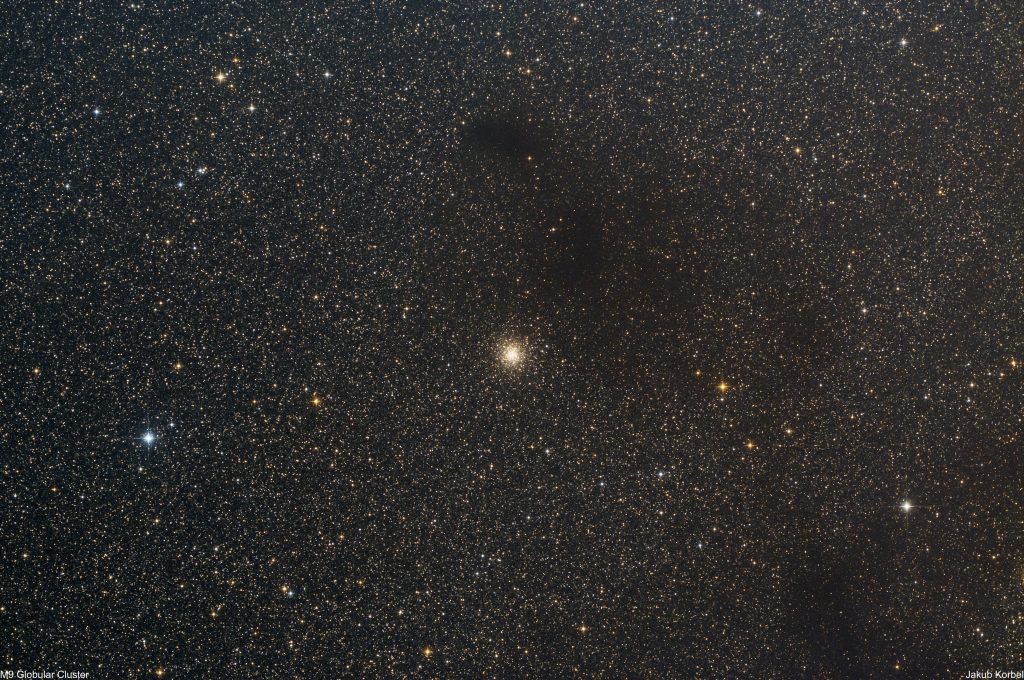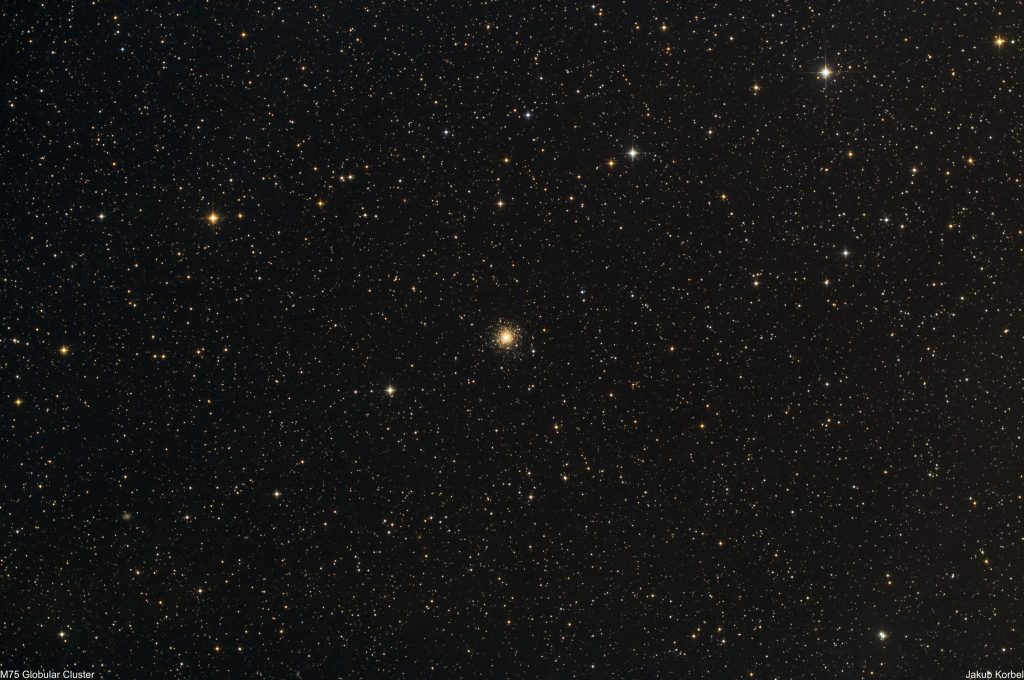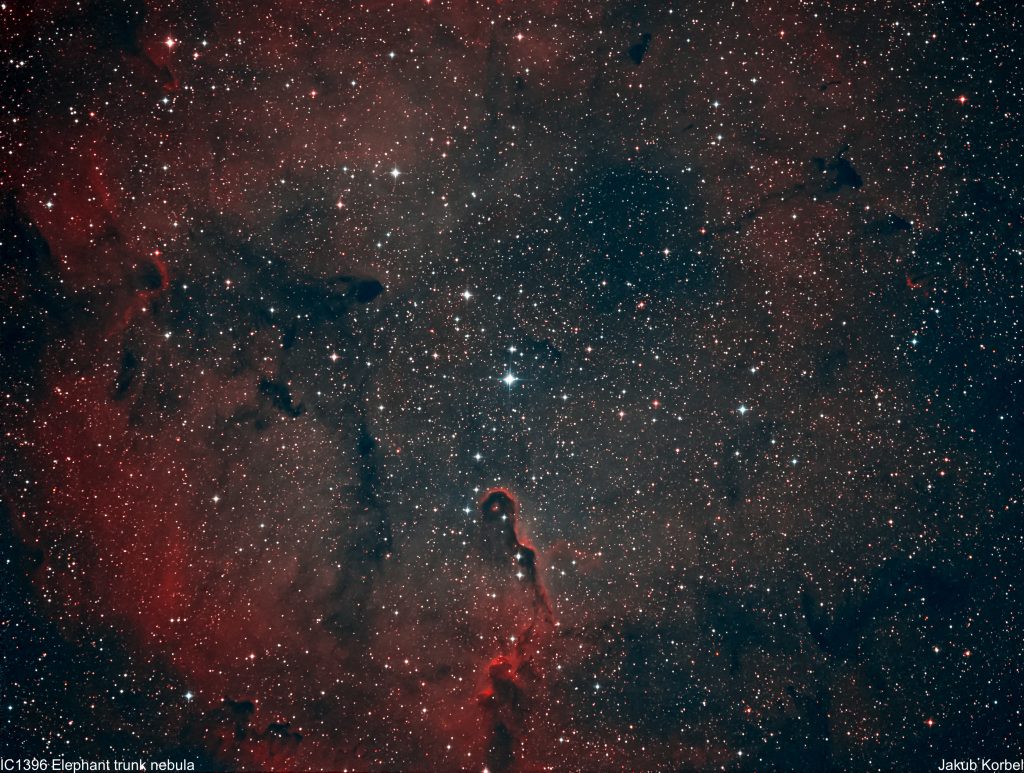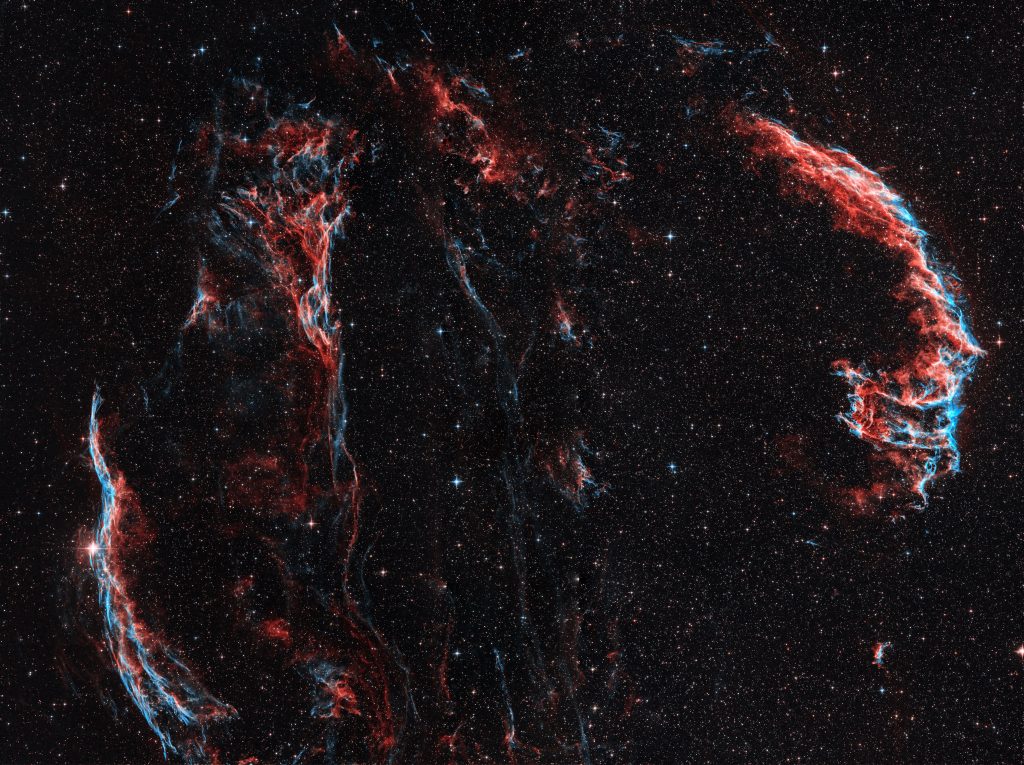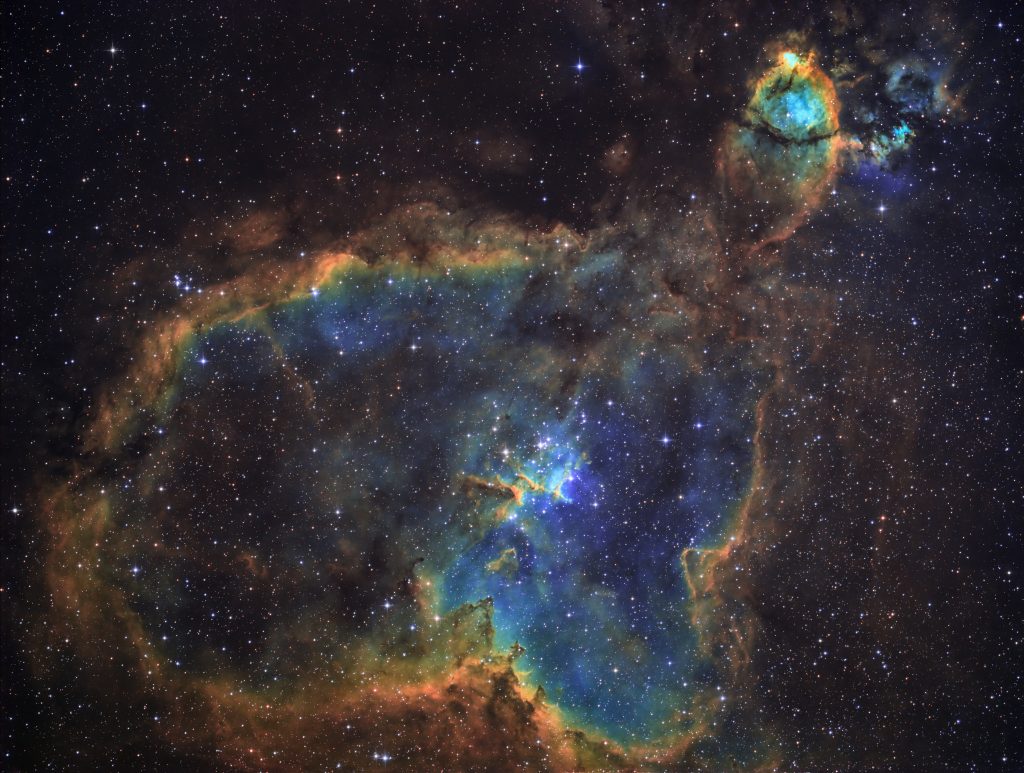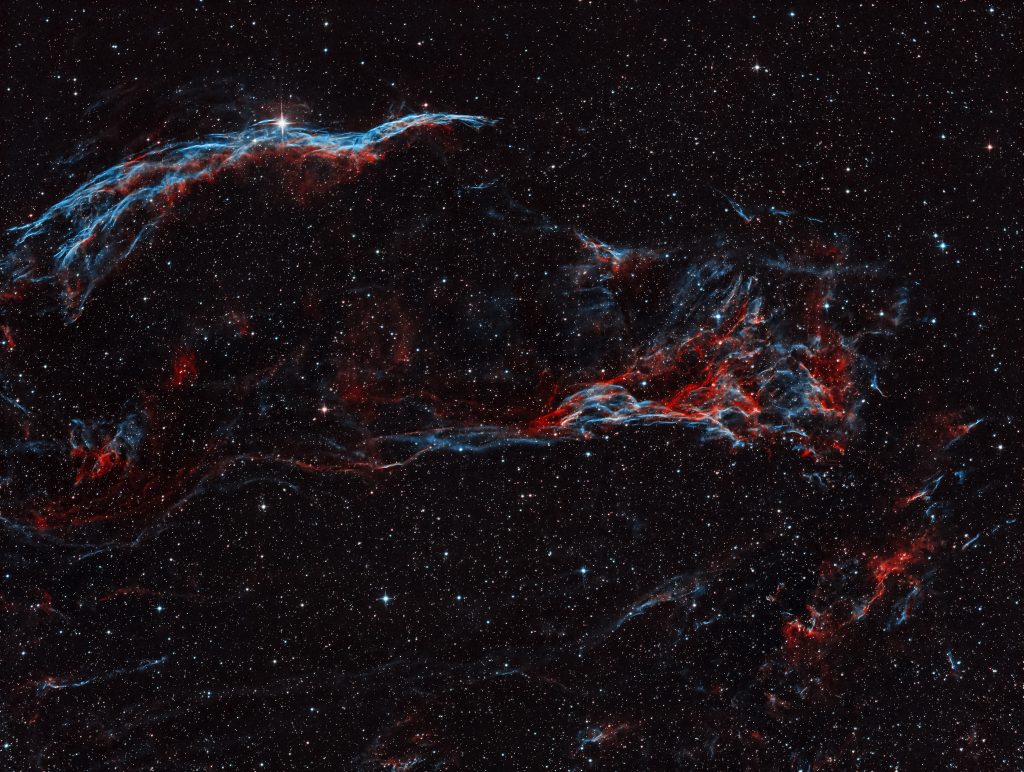Messier 9 is a globular cluster located in constellation Ophiuchus. Particularly interesting is, that it’s surrounded by a dark cloud, which is called Barnard 64. Also interesting is the fact that this cluster is one of the nearest globular clusters to the center of our galaxy.
The picture was taken on island Milos by integration of 24 picture each 120s, which means only 48 minutes in total.
Technical details:
| Telescope | Newton 150/600 mm |
| Aperture | 150 mm |
| Focal length | 660 mm |
| Mount | iOptron CEM25P |
| Autoguiding | QHYCCD miniGuideScope 130 mm f/4.3, ZWO 174 MM |
| Camera | ZWO 071 Pro @-10C |
| Corrector | Explore Scientific HR coma corrector |
| Filters | Astronomik L-1 - UV IR Block Filter |
| Exposure | 24x120s, Gain 134, bin 1x1, |
| Date | 2018-09-03 |

